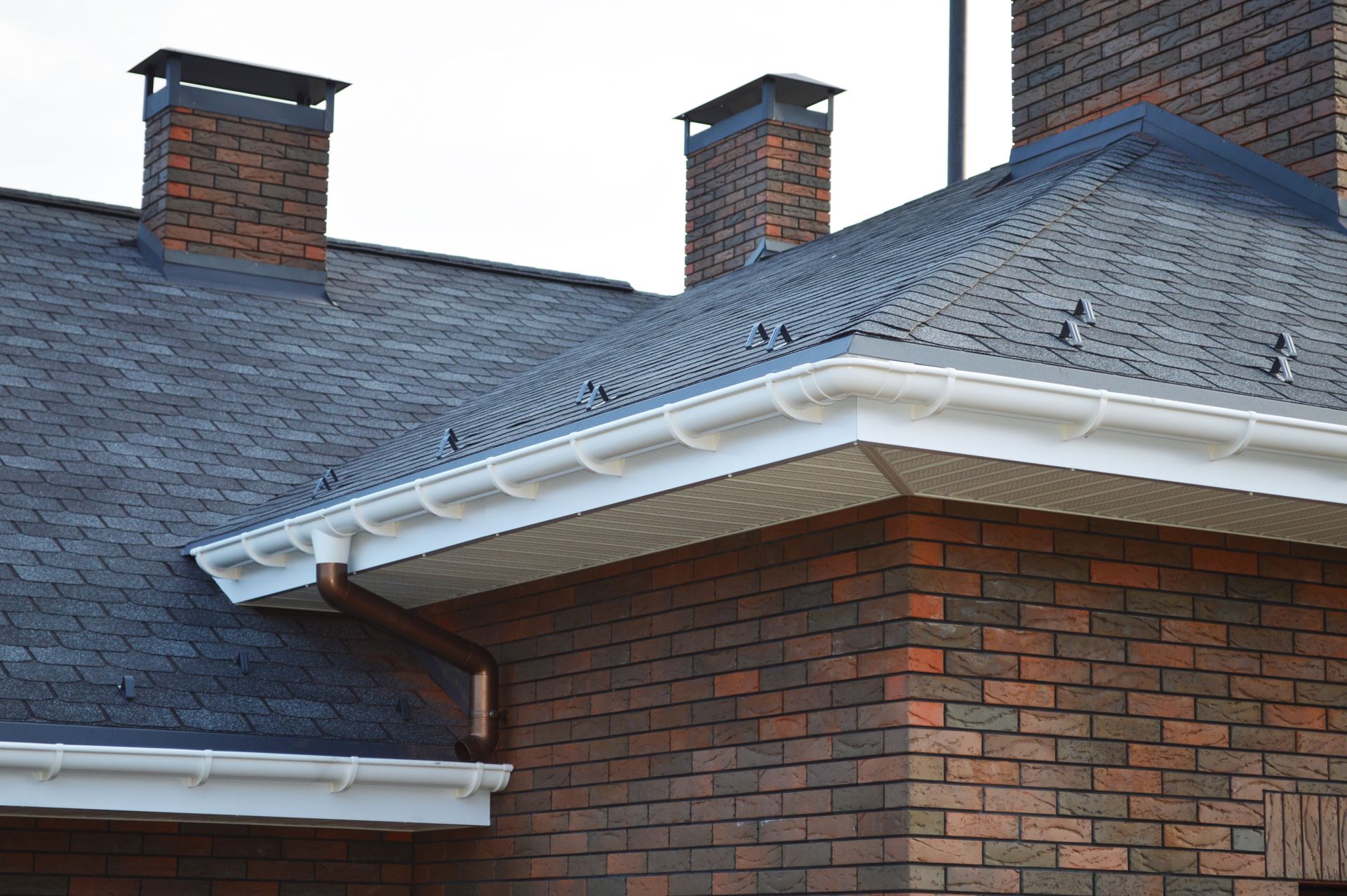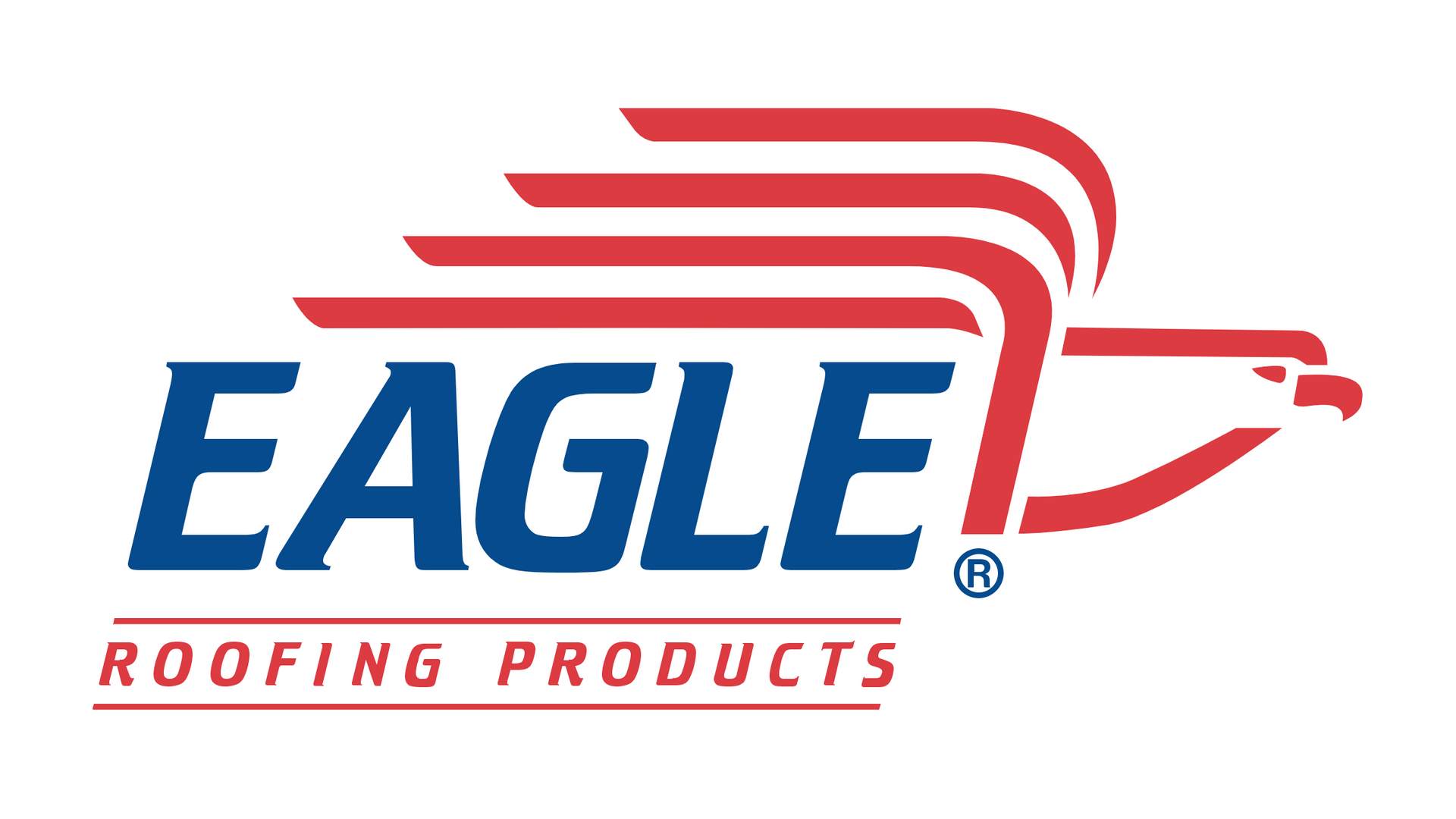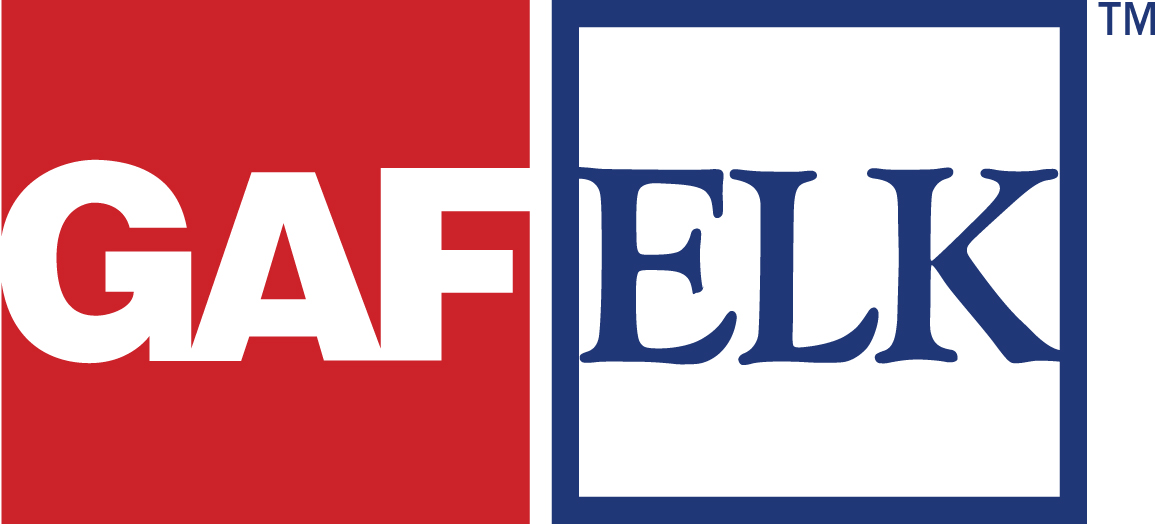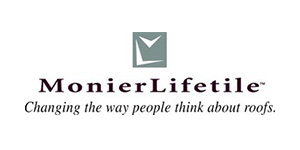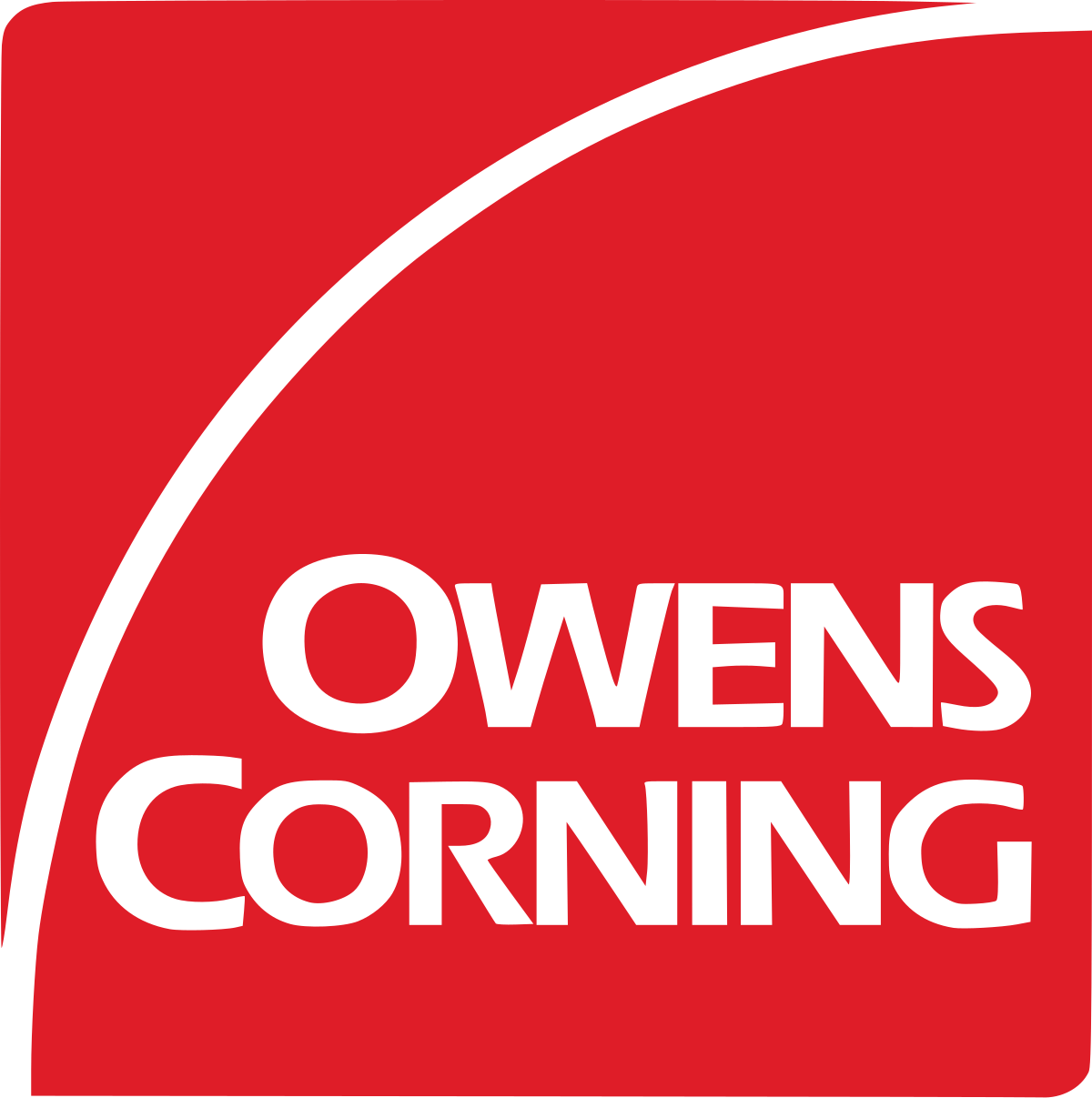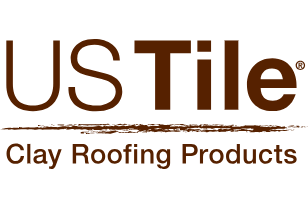November 11, 2025
Maintaining a healthy roof is one of the most important aspects of homeownership. Regular care helps preserve your home’s structure, appearance, and value. Neglecting maintenance can lead to leaks, structural deterioration, and higher energy bills. Partnering with experienced roofers for inspections, cleaning, and repairs can significantly extend your roof’s lifespan and prevent costly damage. This guide provides a professional checklist to help homeowners keep their roofs in excellent condition throughout the year.
1. Schedule Regular Roof Inspections
1.1 Frequency of Inspections
Have your roof professionally inspected twice a year—once in spring and once in fall—to identify wear or storm-related damage. Roofers can detect hidden issues such as loose shingles, minor leaks, or flashing failures before they escalate. According to This Old House, around 31% of U.S. homeowners have had roof maintenance or repairs in the past three years, demonstrating the importance of regular professional attention.
1.2 Identifying Common Issues
Professional roofers can recognize cracked or missing shingles, sagging areas, or compromised flashing around vents and chimneys. They also check for interior water stains and insulation issues that may indicate leaks. Addressing these findings promptly helps avoid long-term damage.
1.3 Using Technology in Inspections
Many roofing companies now use drones and infrared cameras to safely evaluate roofs. These tools detect trapped moisture or weak points that can’t be seen from the ground. Scheduling a high-tech inspection ensures your roof receives a precise, thorough analysis.
1.4 Professional vs. Home Checks
While you can observe visible issues from the ground, roofers are trained to conduct comprehensive inspections safely. They know what early signs of deterioration to look for and have the proper safety gear to perform accurate evaluations.
1.5 Seasonal Considerations
Seasonal weather conditions affect roof performance. Ice and snow in winter can create water intrusion, while intense summer heat can cause material wear. Working with roofers to schedule pre-season checks helps maintain year-round protection.
2. Keep Gutters and Downspouts Clear
2.1 Importance of Clean Gutters
Gutters protect your roof and foundation by channeling rainwater away from the home. When they’re clogged, water can pool, leading to leaks and structural damage. Roofers often offer gutter cleaning as part of their maintenance packages, ensuring optimal performance and safety.
2.2 Proper Cleaning and Maintenance
Instead of attempting to clean gutters yourself, hire roofers or gutter specialists equipped with proper ladders, safety harnesses, and cleaning tools. They can remove debris, flush out blockages, and verify that downspouts are functioning correctly.
2.3 Cleaning Frequency
Most professionals recommend gutter cleaning at least twice per year, usually in spring and fall. Homes near trees or in heavy-rain regions may need additional cleanings to prevent overflow and roof water damage.
2.4 Recognizing Problems
If you notice sagging gutters, rust, or watermarks on siding, contact a roofing professional immediately. These may indicate clogged or damaged gutters that need repair or realignment to maintain roof health.
2.5 Gutter Guards
Roofers can also install gutter guards to reduce debris buildup. While these systems limit cleaning frequency, professionals still recommend periodic inspections to ensure proper water flow and attachment stability.
3. Manage Overhanging Tree Branches
3.1 Risks of Overhanging Branches
Branches scraping against your roof can damage shingles, clog gutters, and invite pests. Roofing professionals often partner with arborists to evaluate nearby trees and recommend safe trimming distances to prevent these hazards.
3.2 Safe Trimming Practices
Rather than trimming branches yourself, it’s best to hire a certified arborist or roofing company that offers exterior maintenance. Professionals have the training and tools to trim branches without harming the tree or roof.
3.3 Seasonal Timing
Late winter or early spring is the ideal time to have trees trimmed, minimizing stress on the tree while reducing risk to your roof. Schedule professional services during these periods for the best results.
3.4 Hiring Professionals
Roofers and arborists can collaborate to remove hazardous branches near power lines or upper levels. Their expertise prevents accidents and ensures the integrity of both your roof and trees.
3.5 Ongoing Monitoring
Ask your roofer to evaluate tree proximity during each roof inspection. This proactive step helps you stay ahead of potential branch-related damage throughout the year.
4. Inspect and Repair Roof Flashing
4.1 Purpose of Roof Flashing
Flashing is the metal barrier that seals roof intersections and prevents water intrusion around vents, chimneys, and skylights. Roofers inspect these areas to verify they remain watertight and secure.
4.2 Common Flashing Issues
Flashing can corrode, loosen, or crack due to temperature changes or poor installation. Roofing professionals can reseal or replace compromised sections before leaks spread into the home.
4.3 Repair Tools and Process
Flashing repair requires precision, proper sealants, and sometimes metal replacement. Trained roofers use specialized tools to perform these repairs safely and effectively, reducing the risk of future leaks.
4.4 Hiring Roofers for Flashing Work
Flashing repairs should always be handled by qualified roofers. They have the technical knowledge to inspect surrounding materials and confirm that repairs meet building codes and manufacturer standards.
4.5 Material Options
Roofers can advise on durable flashing materials, such as aluminum, galvanized steel, or copper. The right material ensures a long-lasting seal that complements your roof’s structure and design.
5. Address Moss and Algae Growth
5.1 Causes of Growth
Moss and algae thrive in damp, shaded conditions, especially on roofs with limited sunlight. Over time, these organisms can degrade roofing materials and affect curb appeal. Roofers can identify the root cause and recommend safe cleaning methods.
5.2 Safe Removal Methods
Instead of using harsh chemicals or climbing onto the roof, contact roofing professionals. They use low-pressure cleaning systems and eco-friendly solutions that remove moss without damaging shingles or voiding warranties.
5.3 Professional Cleaning Services
Professional roof cleaning not only removes existing growth but also applies protective coatings that inhibit future moss and algae development. Scheduling annual or biennial treatments helps maintain a clean, durable surface.
5.4 Preventative Measures
Roofers may recommend installing zinc or copper strips along the ridge, which naturally prevent algae growth when it rains. They’ll also assess ventilation and drainage to keep the roof dry and resistant to growth.
5.5 Effects on Roofing Materials
Excessive moss can cause shingles to lift, while algae can leave dark streaks that trap heat. Regular professional cleaning protects against these issues and maintains your roof’s longevity and aesthetic appeal.
6. Maintain Proper Roof Ventilation
6.1 Importance of Ventilation
Roof ventilation regulates temperature and moisture in your attic, preventing mold, rot, and ice dam formation. Roofers can evaluate your home’s airflow system and confirm whether it meets current energy-efficiency standards.
6.2 Types of Ventilation Systems
Roofers install systems such as ridge vents, soffit vents, and gable vents to promote balanced airflow. They can recommend combinations that best suit your roof structure and climate.
6.3 Warning Signs of Poor Ventilation
High attic temperatures, musty odors, and mildew indicate poor ventilation. If you notice these symptoms, contact a roofing contractor immediately to evaluate and adjust your ventilation system.
6.4 Upgrading Ventilation
Modern solutions, like solar-powered attic fans or improved vent spacing, can enhance airflow and energy savings. Professional installation ensures these systems perform safely and efficiently.
6.5 Consulting Roof and HVAC Professionals
Roof ventilation can affect indoor comfort and energy costs. Collaborate with roofing and HVAC professionals to design an integrated system that improves air circulation and extends your roof’s lifespan.
Maintaining your roof year-round requires consistency and professional expertise. Partnering with roofers for inspections, gutter maintenance, flashing repairs, and ventilation assessments ensures your roof remains strong and weather-resistant. Regular professional cleaning prevents moss, algae, and moisture damage while improving energy efficiency. By relying on qualified roofing professionals instead of DIY methods, homeowners can protect their investment and enjoy long-lasting peace of mind knowing their roof is in excellent hands. Looking for roofers? Reach out to Christensen Roofing today.
